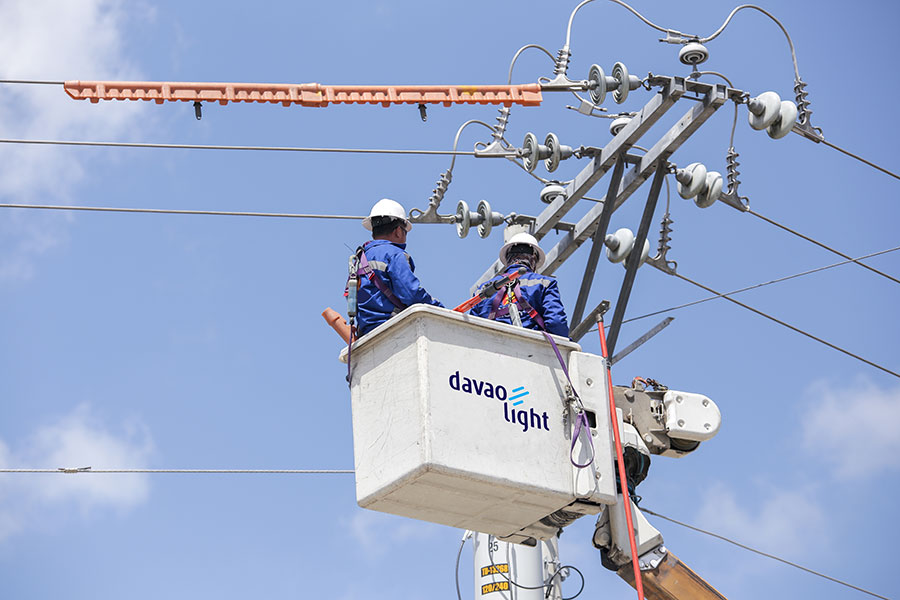Now that technological breakthroughs have revealed solar power’s potential as a source of electricity and have scaled its development across countries looking to decarbonize their energy systems, an opportunity cost in land use has inevitably emerged. While sunlight can be inexhaustible during sunny days, solar facilities require a lot of land, possessing a particular bias on flat, sunny terrains that also characterize the fields used for farming.
In the Philippines, a net food and energy importer, the growth of solar photovoltaic (PV) technology is projected to take up significant agricultural space. As a rule of thumb, a hectare of land can be used to build a megawatt of solar energy capacity or produce about four metric tons of rice each year.
The Philippine context
As of May 2024, solar energy accounted for 8% of installed capacity and 3.8% of gross electricity generation in the Philippines. With a target of raising renewable energy’s share in the power generation mix from 22% to 50% by 2040 under the Clean Energy Scenario of the Department of Energy (DoE), the installed solar capacity is aimed to populate 39% of the power pie, requiring a growth of 20 times what it is today.
According to the DoE, expanding solar’s share to the projected gigawatts will require 46,140 hectares of land, with agricultural flatlands at the risk of being reduced as it is the most viable land for capturing solar radiation. For context, the land area required is equivalent to about 2.86 times the land area of Quezon City, which is the largest city in Metro Manila, and about three-fifths of Singapore.
Comparing land use of energy sources per unit of electricity — which also accounts for a life-cycle assessment from the mining of materials to the handling of waste — a foreign study found that solar PVs installed on-ground uses 19 square meters per megawatt-hour (MWh) when it is made of silicon. For comparison, a gas plant uses just 1 square meter per MWh.
Consequently, as solar PVs are more land-intensive, capital costs are high and land leases can take up close to a fifth of operating expenses.
Recognizing the importance of both food and energy to sustaining economic growth and development, the Philippine Department of Energy raised the necessity of a land use policy for agriculture to mitigate the negative impact of solar power plant development on food security.
As it is, the Philippines already shoulders supply and price risks as a net food importer. In 2022, agricultural imports comprised 14.1% of total imports, contributing to an agricultural trade imbalance of USD 11.8 billion. The following year, 2023, agricultural imports made up 14.2% of all imports, leading to an agricultural trade deficit of USD 11.5 billion.
Meanwhile, the Philippines is also a net energy importer. While the country’s primary energy supply mix was mostly comprised of indigenous energy (49.4%) as of 2022, net imported oil (31.6%) and coal (18.6%) also figured significantly in the mix. Moreover, 59% of gross generation in the Philippines is still produced by coal, compared to just 22% from all renewable energy sources combined.
The allure of harnessing indigenous sources like solar in the Philippines is not just driven by efforts towards decarbonization. Already preceding a moratorium on greenfield coal power projects, utilizing indigenous and renewable sources was already seen as a way to reduce dependence on imported energy, as was articulated in the Electric Power Industry Reform Act of 2001.
Farmer-friendly solar power plants
Amidst this brewing dilemma in land use, a vast space of ingenuity has emerged in generation companies and service providers looking to expand solar power generation in the Philippines with minimal farmer displacement as much as possible.
Some solar facilities opted to co-locate solar power generation and agriculture on the same land by allowing crops to grow below or beside solar panels. Several have built “floatovoltaics” or floating solar, which are solar panels on bodies of water like lakes and dams.
Then there are power producers not located in farmland or bodies of water altogether. A growing number of end-users have grabbed the opportunity to mount solar panels on their rooftops to save on utility costs. At the same time, larger producers have also focused on repurposing non-arable, sloping grounds instead of arable soil.
In particular, the 159-megawatt peak (MWp) Laoag and the 94 MWp Cayanga-Bugallon solar power plants in Pangasinan belong to the category of the latter, as both were built on non-agricultural land and were recently energized to provide much-needed additional power to the Philippine grid. Both projects belong to Aboitiz Renewables, Inc., the renewable energy arm of Aboitiz Power Corporation.
While the topography is not the ideal flat surface typical for solar power generation, both facilities are still able to deliver about 200 megawatts of total sellable capacity. Laoag recently started exporting power to the grid, helping elevate the total supply as yellow and red alerts hound the country’s major grids.
Ultimately, while more solar panels offer a promising solution for clean energy and energy independence, it is also a potential competition for farmers looking to keep their land. Private developers and policy-makers should take a hard look at the direction of food security amidst the shift to cleaner energy sources.
.png)


